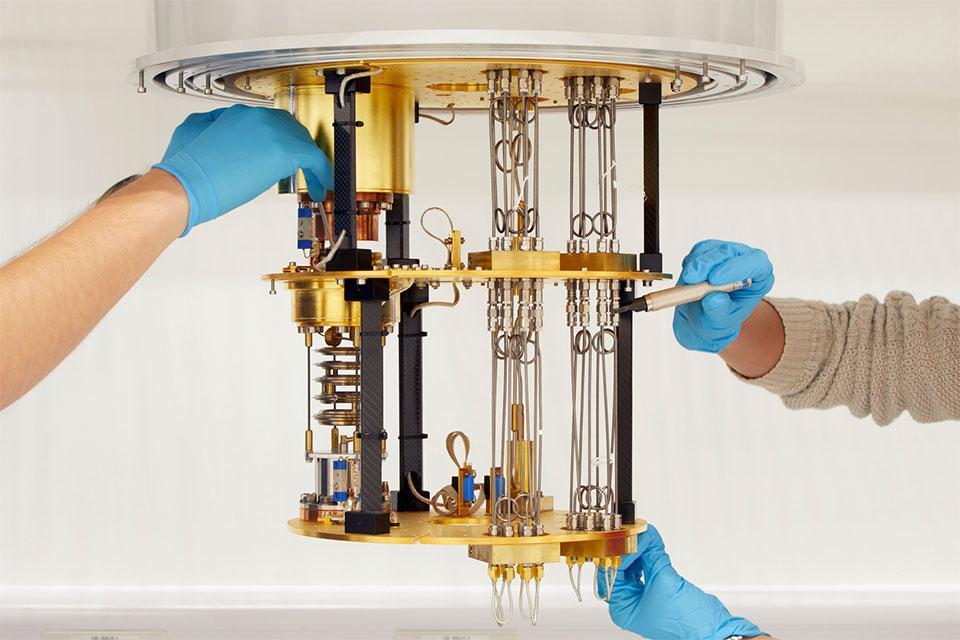Clarendon Laboratory, Department of Physics, University of Oxford, Parks Road, Oxford, OX1 3PU
Prof John Singleton, National High Magnetic Field Laboratory Pulsed-Field Facility, Los Alamos
Zoom Meeting ID: 989 5574 1773
Maud Schmitt
From an early age, we are taught that metals are good conductors of electricity and heat but that insulators are not. At High School we learn the reason; metals contain vast numbers of charged electrons that are free to move and carry heat and current, whereas insulators do not. At College, we find out that electrons are fermions, and perhaps comprehend Fermi-Dirac statistics, leading to the well-known definition that “a metal is a solid with a Fermi surface”. The Fermi surface is the constant-energy surface which at zero temperature separates the occupied electron states from the empty in momentum space; if we know the size and shape of a metal’s Fermi surface, we understand how its free electrons behave and hence can account for almost all of its electrical, thermal and magnetic properties.
Over the past five years, this comforting picture has been upset by experiments on the compounds YbB12 and SmB6 at high magnetic fields and low temperatures. Though these materials are electrical insulators, they exhibit an oscillatory effect in magnetic field that is smoking-gun evidence for a Fermi surface; i.e., it is usually seen only in metals. Equally striking is the low-temperature thermal conductivity of YbB12, which looks as though it comes from a large concentration of free electrons. Somehow, mobile fermions are present and able to carry heat almost as well as in a conventional metal, but are unable to conduct electricity!
In this talk I will describe our recent data from YbB12 in magnetic fields of up to 75 T. These and earlier results suggest a new state of matter that includes mobile, electrically neutral fermions. The latter may be Majorana fermions, particles that are their own antiparticle hypothesised by Ettore Majorana in 1937; they remain a controversial and active topic in particle physics (e.g., is the neutrino a Dirac or Majorana fermion?). In condensed-matter physics, interactions may cause electrons to masquerade as Majorana fermions. If this is true, it would be another instance of the fruitful cross-fertilization between condensed-matter physics and particle physics that has enhanced our knowledge of magnetic monopoles, Dirac and Weyl fermions and Higgs bosons.

